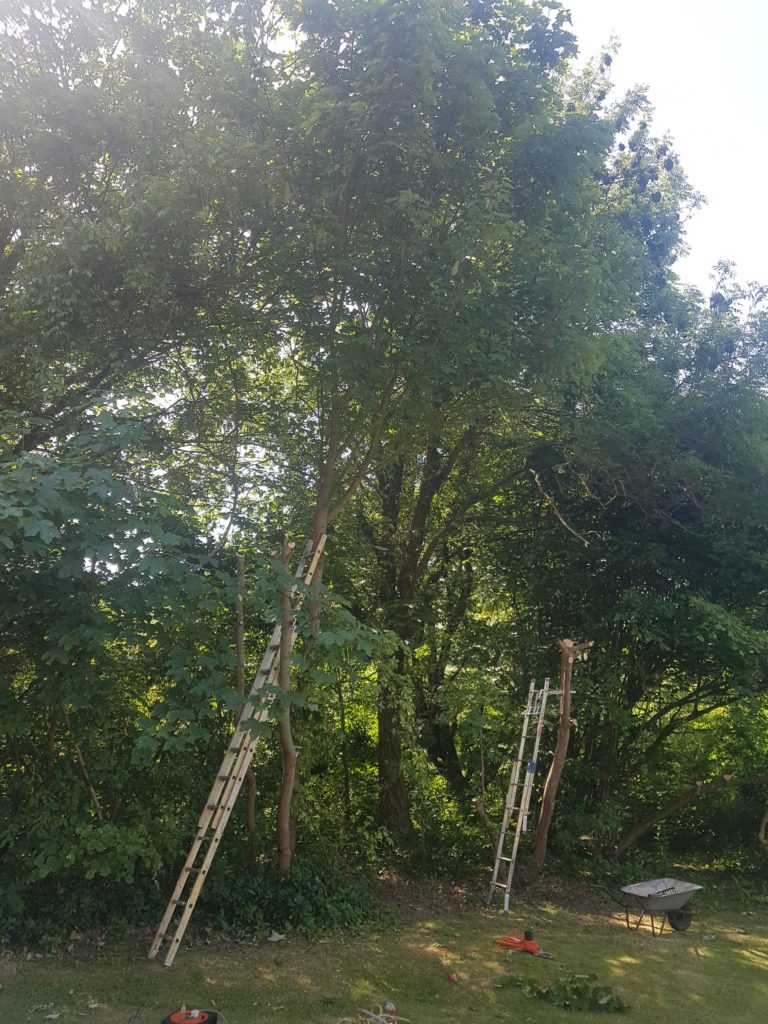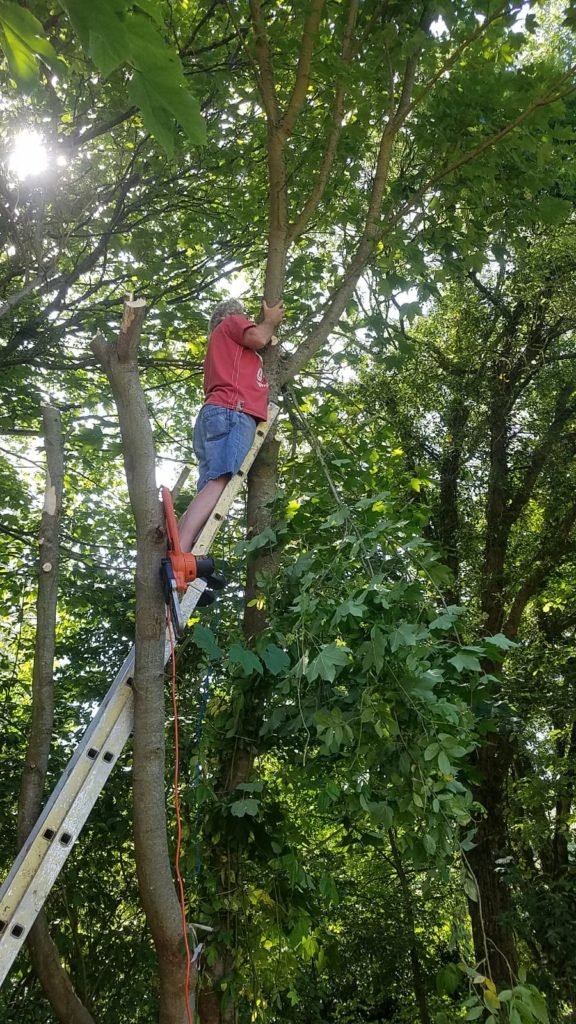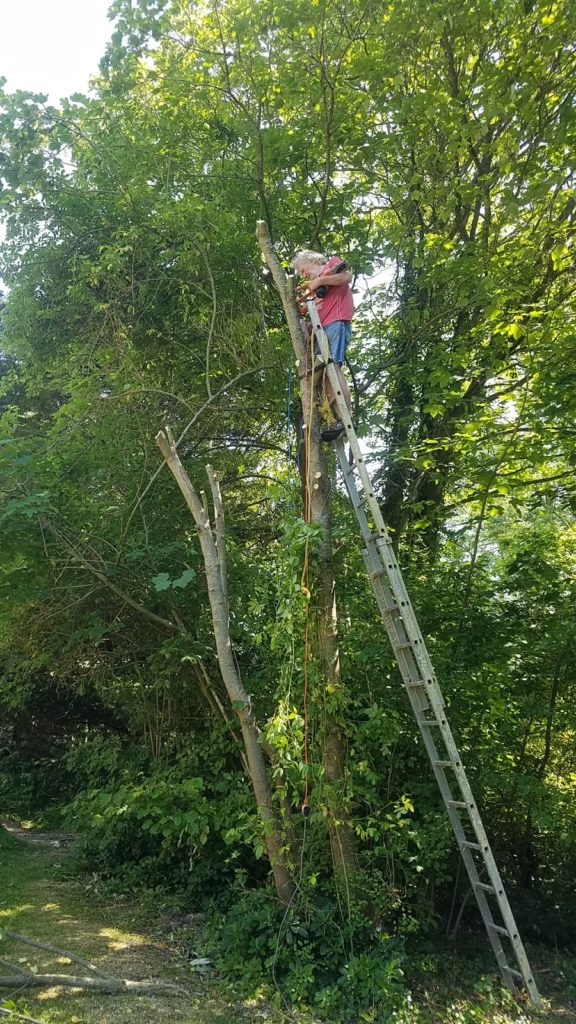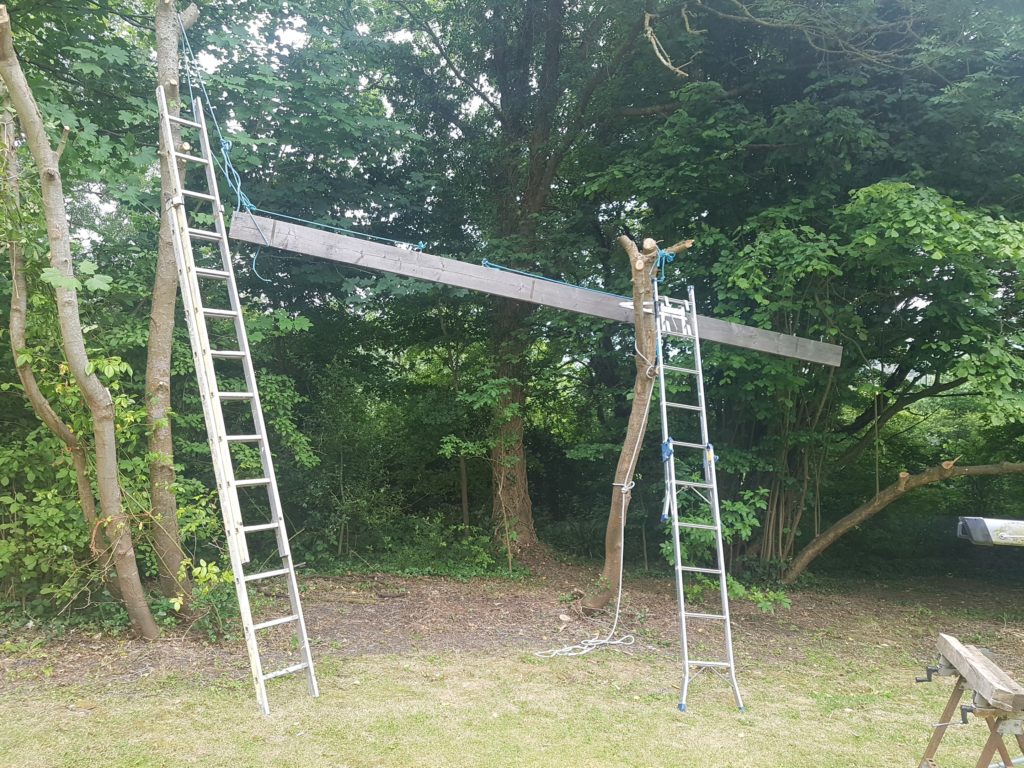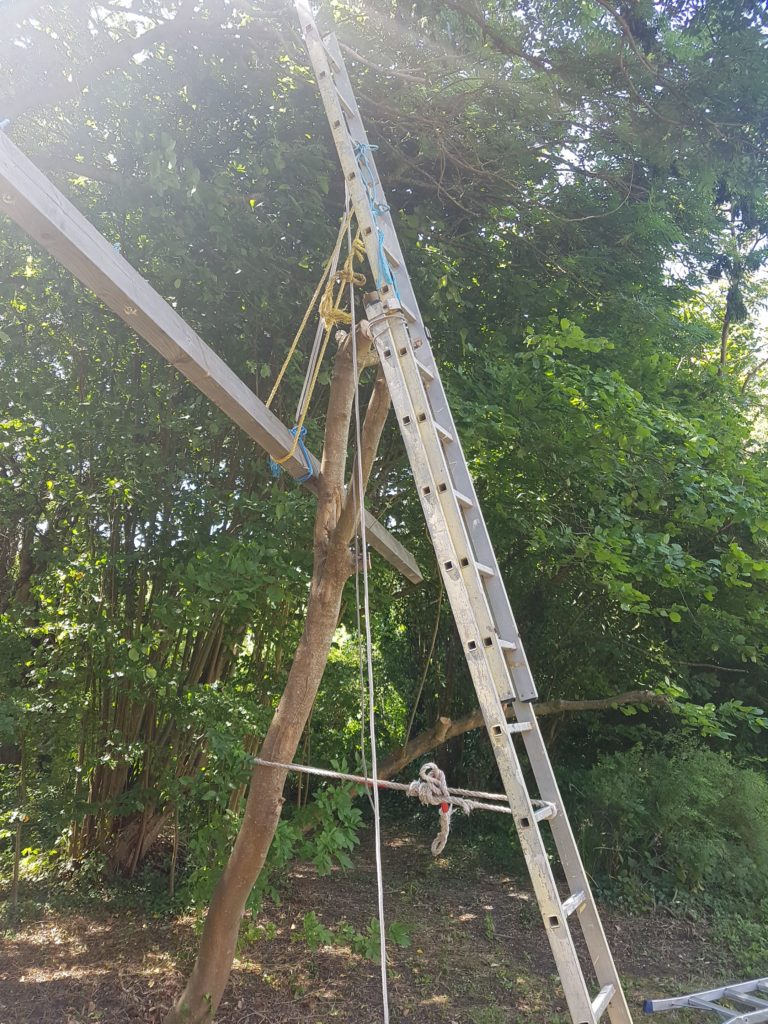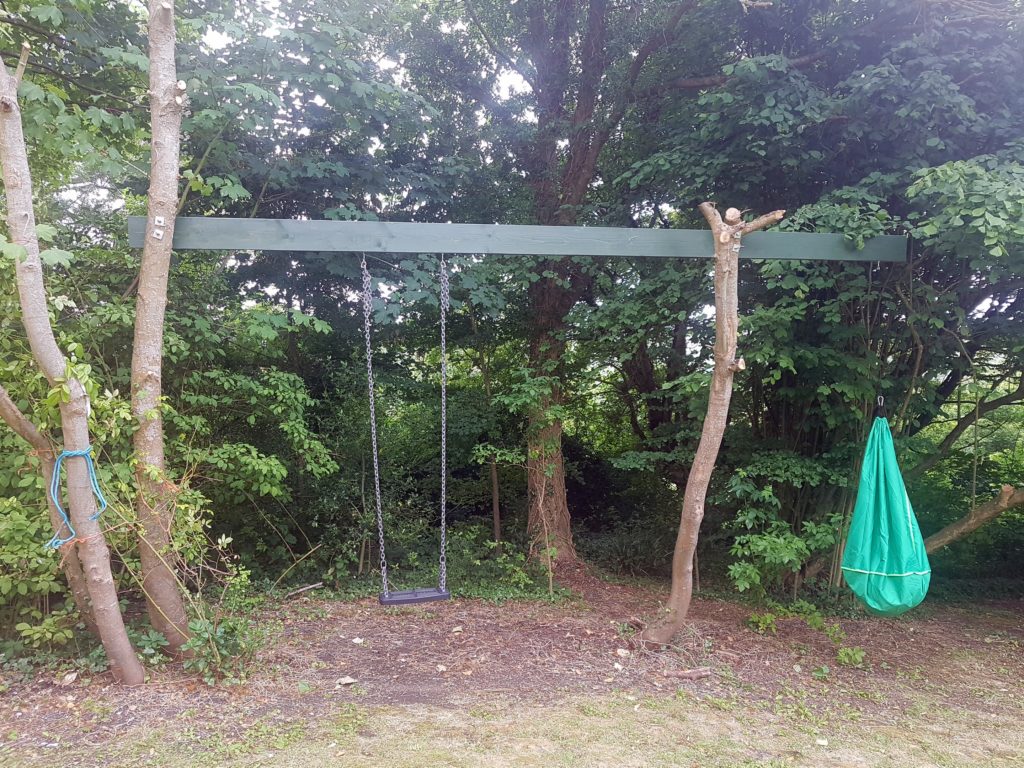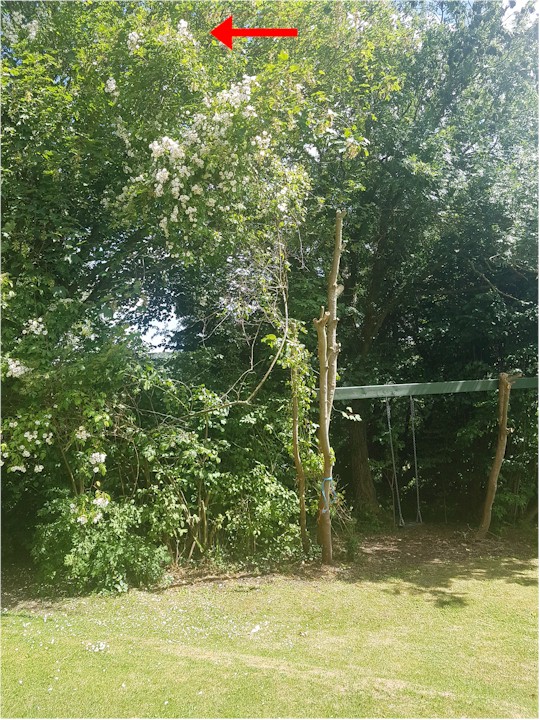The home we moved into about 10 years ago , in the South Downs National Park came with an ‘unimproved’ meadow . Later the family of the previous owners sent us some documentation showing that the meadow had a local designation – at that time it was called a SNCI , a Site of Nature Conservation Importance. More recently the designation has been renamed to Local Wildlife Site (LWS) , see https://www.wildlifetrusts.org/local-wildlife-sites. They say that “these non-statutory LWS sites are sites with ‘substantive nature conservation value’. They are defined areas, identified and selected for their nature conservation value, based on important, distinctive and threatened habitats and species with a national, region. Found on both public and private land, LWSs vary in size and shape from small ponds and copses and linear features such as hedgerows, road verges and water courses to much larger areas of habitat such as ancient woodlands, heaths, wetlands and grassland. They support both locally and nationally threatened wildlife, and many sites will contain habitats and species that are priorities under the county or UK Biodiversity Action Plans (BAP). Collectively they play a critical role in the conservation of the UK’s natural heritage by providing essential wildlife refuges in their own right and by acting as stepping stones, corridors and buffer zones to link and protect other site networks and the open spaces of our towns and countryside. . . LWSs can be amongst the best sites for biodiversity. It is essential, therefore, that the different status assigned to LWSs should not lessen the perception of their importance and the vital role they play in conserving our natural heritage.“
The meadow is noteworthy because of its biodiversity and is one of 3% of such meadows which remain , the rest having been given over to agriculture or other development. We are now in a project with the South Downs Authority for the meadow to become a donor meadow: the hay will be spread on other meadows to encourage their biodiversity.
The first species survey we had done is shown below . We’ve just had another survey but the results are not in yet.
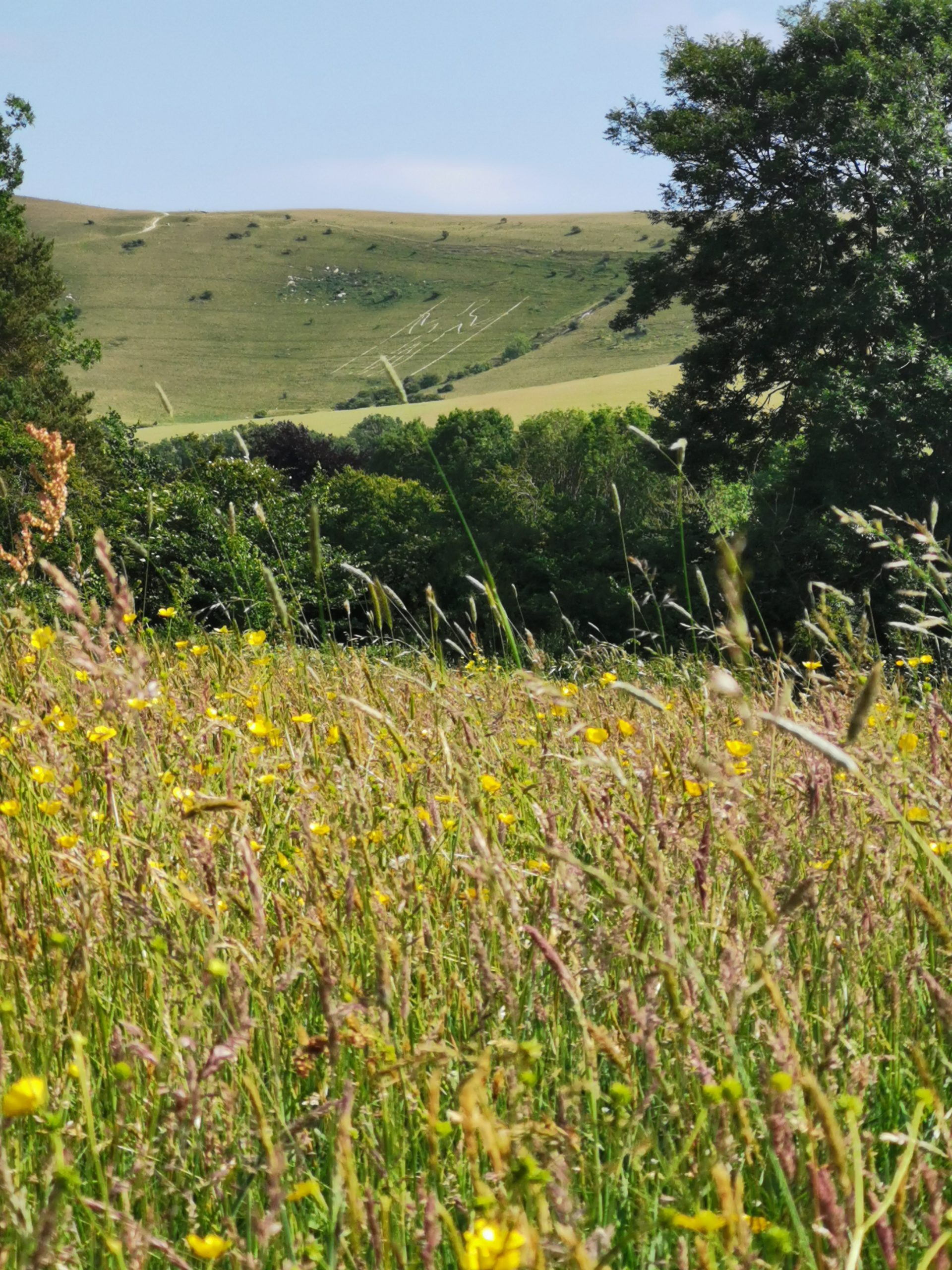
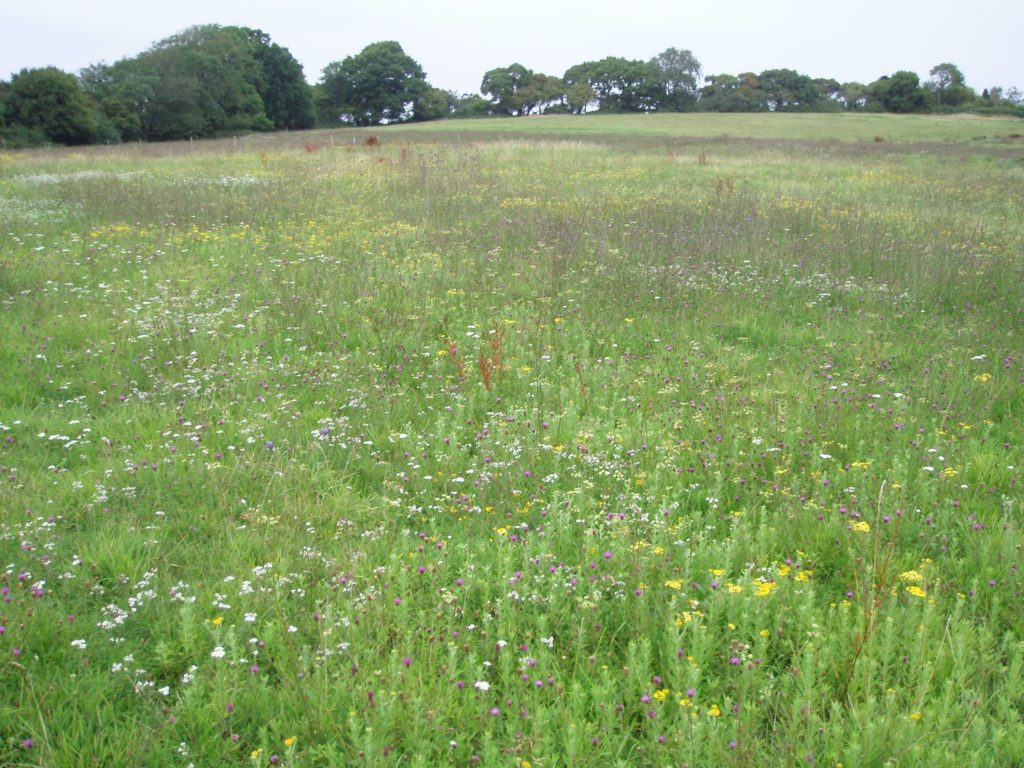
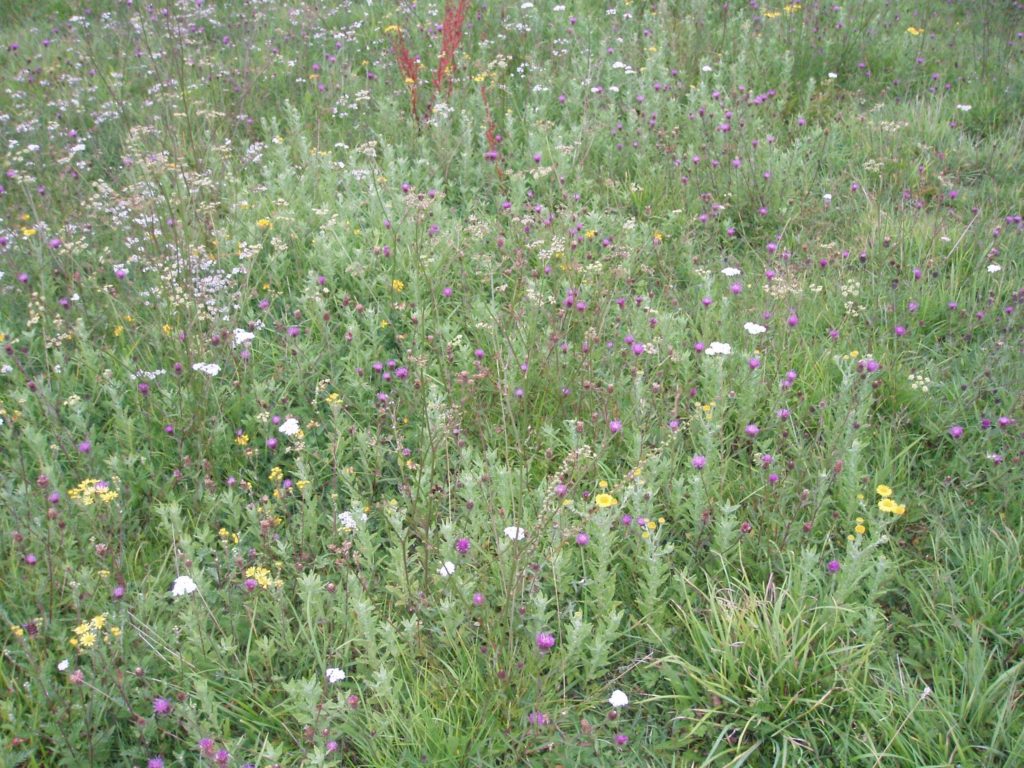
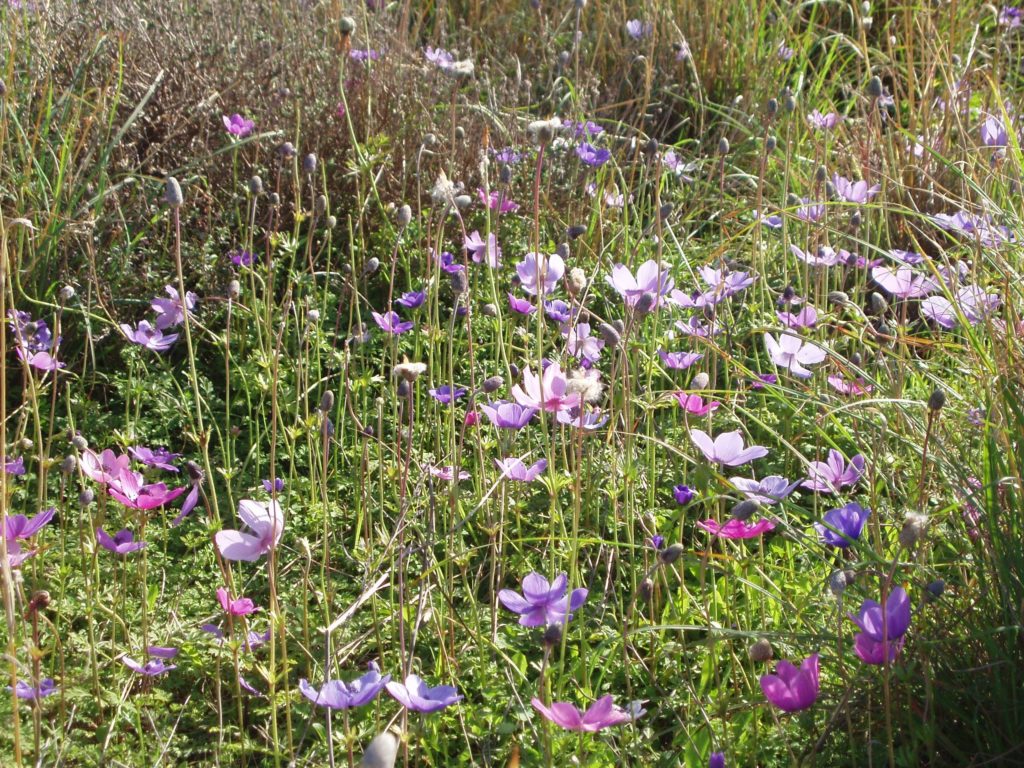
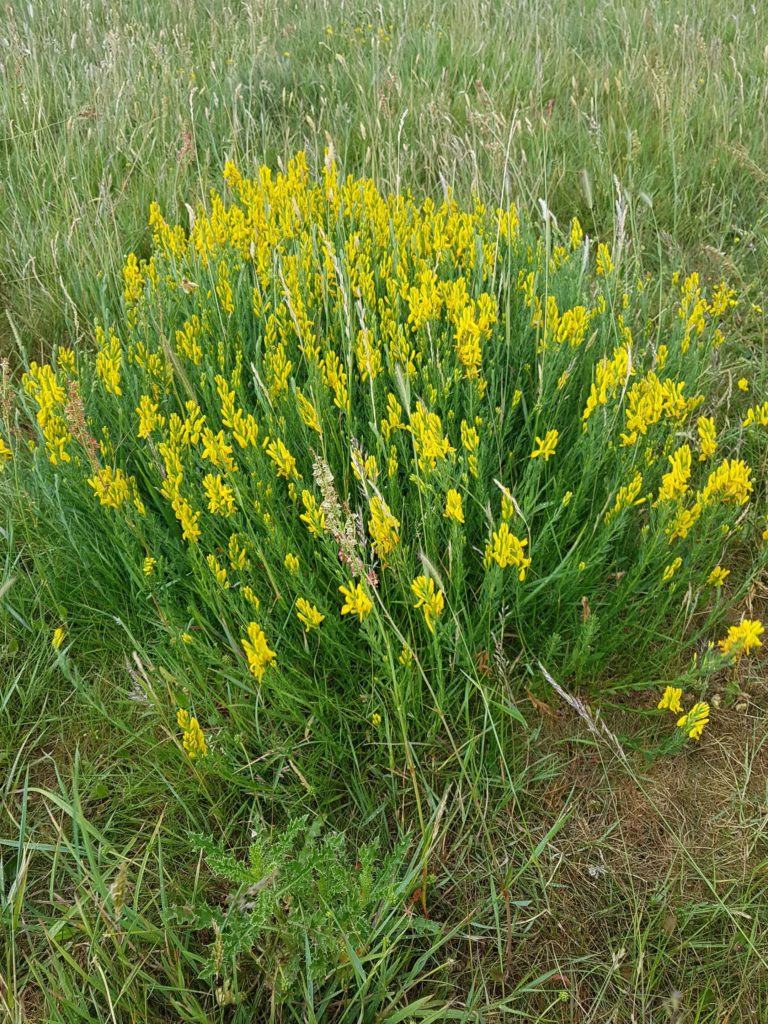
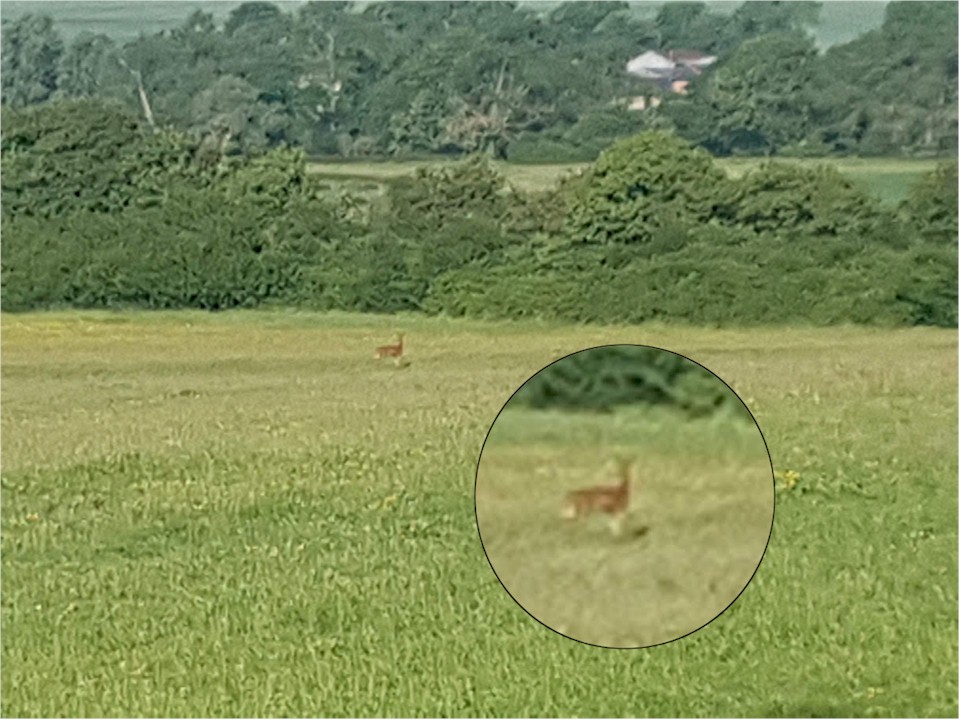
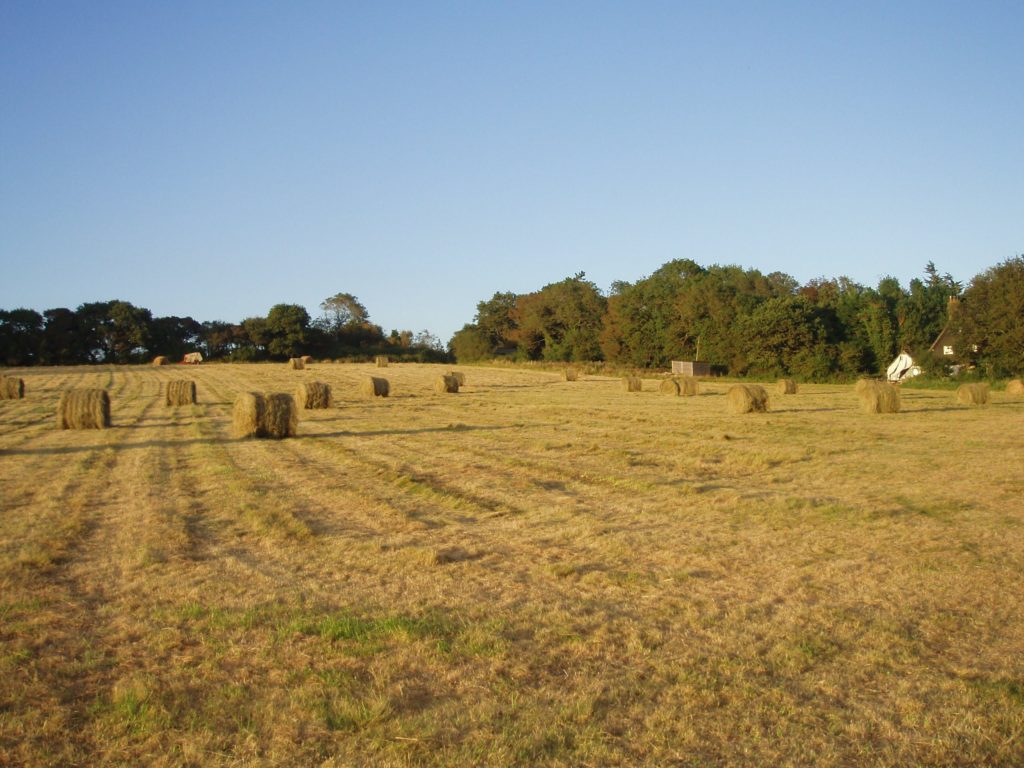
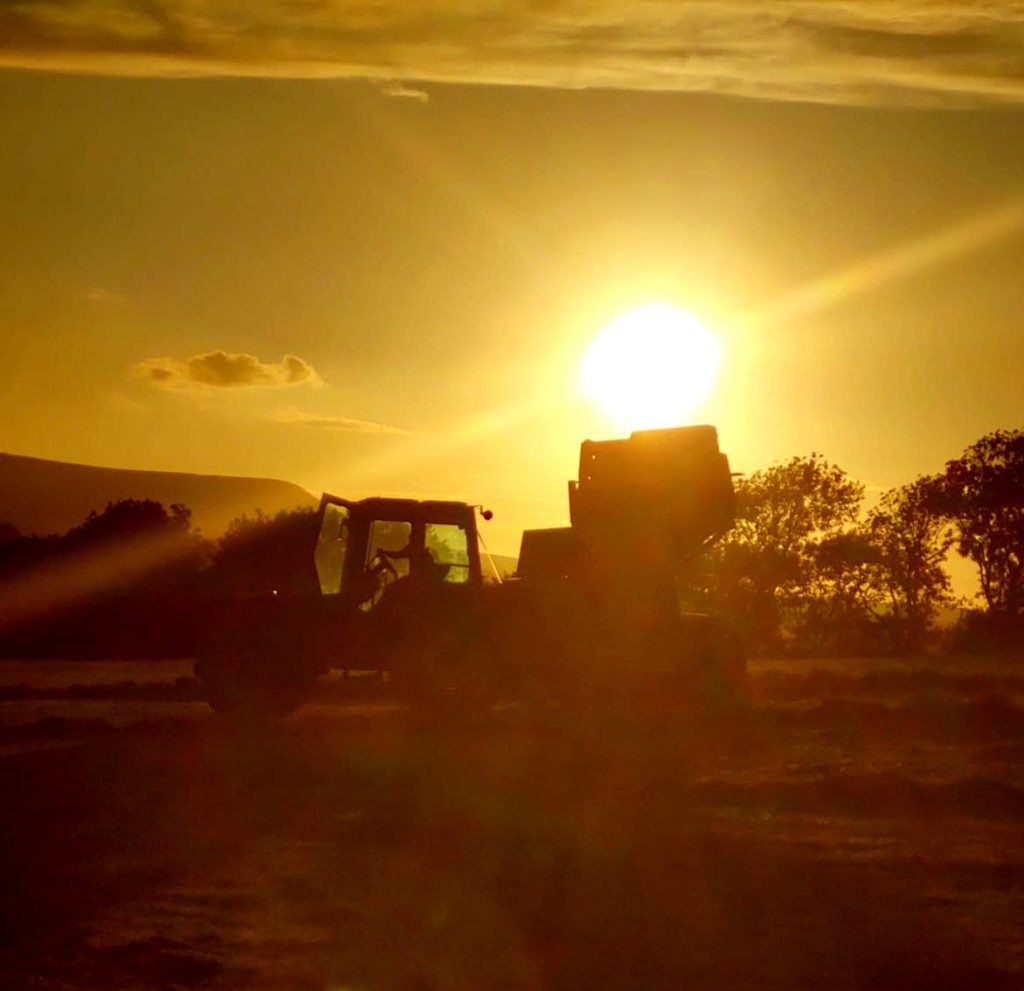
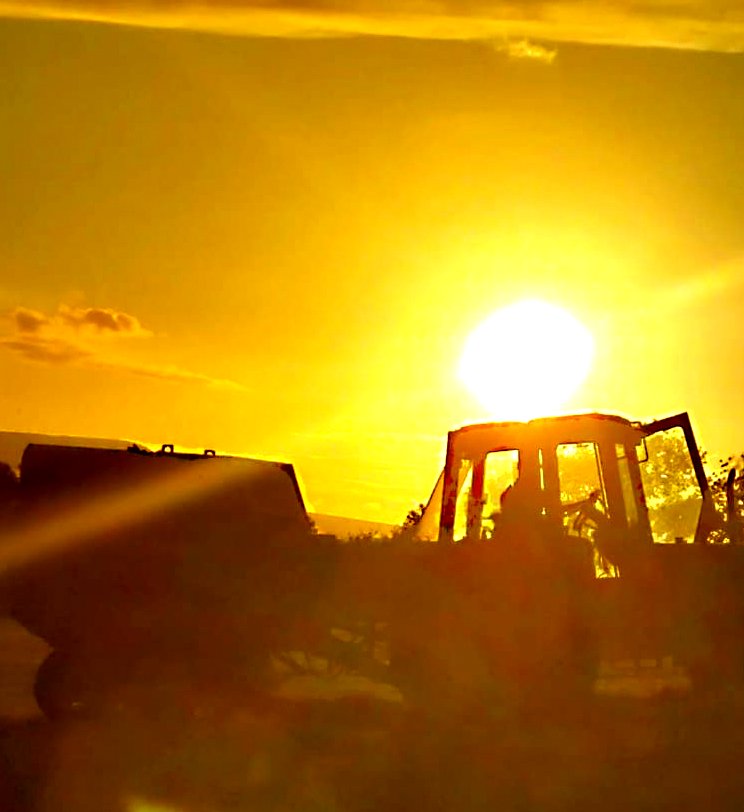
| Previous Species list | ||
| 1 | Agrimony | Agrimonia eupatoria |
| 2 | Bent grass | Agrostis sp |
| 3 | Birds Foot Trefoil -Greater | Lotus pedunculatus |
| 4 | Birds Foot Trefoil -Lesser | Lotus corniculatus |
| 5 | Bramble | Rubus fructicosus agg |
| 6 | Buttercup -Creeping | Ranunculus repens |
| 7 | Buttercup -Meadow | Ranunculus acris |
| 8 | Cleavers (Goosegrass) | Galium aparine |
| 9 | Cocksfoot | Dactylis glomerata |
| 10 | Common Field Mousear | Cerastium fontanum |
| 11 | Common Knapweed | Centaurea nigra |
| 12 | Common Sorrel | Rumex acetosa |
| 13 | Cuckoo Pint | Arum maculatum |
| 14 | Dandelion | Taraxacum officinalis agg |
| 15 | Devil’s-bit Scabious | Succisa pratensis |
| 16 | Dewberry | Rubus caesius |
| 17 | Dock -Broadleaved | Rumex obtusifolius |
| 18 | Dock -Wood | Rumex sanguineus |
| 19 | Dog Rose | Rosa canina agg |
| 20 | False Oatgrass | Arrhenatherum elatius |
| 21 | Fescue sp (Meadow) | Festuca sp (pratensis?) |
| 22 | Field Forget-me-not | Myosotis arvensis |
| 23 | Fleabane -Common | Pulicaria dysenterica |
| 24 | Goat’s-beard | Tragopogon pratensis |
| 25 | Great Willowherb | Epilobium hirsutum |
| 26 | Ground Ivy | Glechoma hederacea |
| 27 | Hard Rush | Juncus inflexus |
| 28 | Hedge Bindweed | Calystegia sepium |
| 29 | Hedge Parsley | Torilis japonica |
| 30 | Hedge Woundwort | Stachys sylvatica |
| 31 | Herb Robert | Geranium robertianum |
| 32 | Hogweed | Heracleum sphondylium |
| 33 | Iris sp | Iris (foetidissima?) |
| 34 | Ivy | Hedera helix |
| 35 | Lady’s Bedstraw | Galium verum |
| 36 | Large-leaved Timothy | Phleum pratensis |
| 37 | Lesser Burdock | Arctium minor |
| 38 | Lesser Stitchwort | Stellaria graminea |
| 39 | Meadow Barley | Hordeum secalinum |
| 40 | Meadow Vetchling | Lathyrus pratensis |
| 41 | Meadow-grass sp | Poa sp |
| 42 | Meadowsweet | Filipendula ulmaria |
| 43 | Pepper Saxifrage | Silaum silaus |
| 44 | Prickly Sow-Thistle | Sonchus asper |
| 45 | Ragwort -Common | Senecio vulgaris |
| 46 | Ragwort -Hoary | Senecio erucifolius |
| 47 | Red Clover | Trifolium pratense |
| 48 | Ribwort Plantain | Plantago lanceolata |
| 49 | Self-heal | Prunella vulgaris |
| 50 | Silverweed | Potentilla anserina |
| 51 | Square St Johns Wort | Hypericum tetrapterum |
| 52 | Stinging Nettle | Urtica dioica |
| 53 | Sweet Vernal Grass | Anthoxanthum odorata |
| 54 | Thistle -Creeping | Cirsium arvense |
| 55 | Thistle -Marsh | Cirsium palustre |
| 56 | Thistle -Spear | Cirsium vulgare |
| 57 | Trailing Tormentil (or Hybrid Cinquefoil?) | Potentilla anglica OR Potentilla x mixta |
| 58 | Tufted Hair Grass | Deschampsia ceaspitosa |
| 59 | Tufted Vetch | Vicia cracca |
| 60 | Water Mint | Mentha aquatica |
| 61 | Water Pepper | Persicaria hydropiper |
| 62 | White Clover | Trifolium repens |
| 63 | Wood Avens | Geum urbanum |
| 64 | Woody Nightshade | Solanum dulcamara |
| 65 | Yarrow | Achillea millefolium |
| 66 | Yorkshire Fog | Holcus lanatus |

